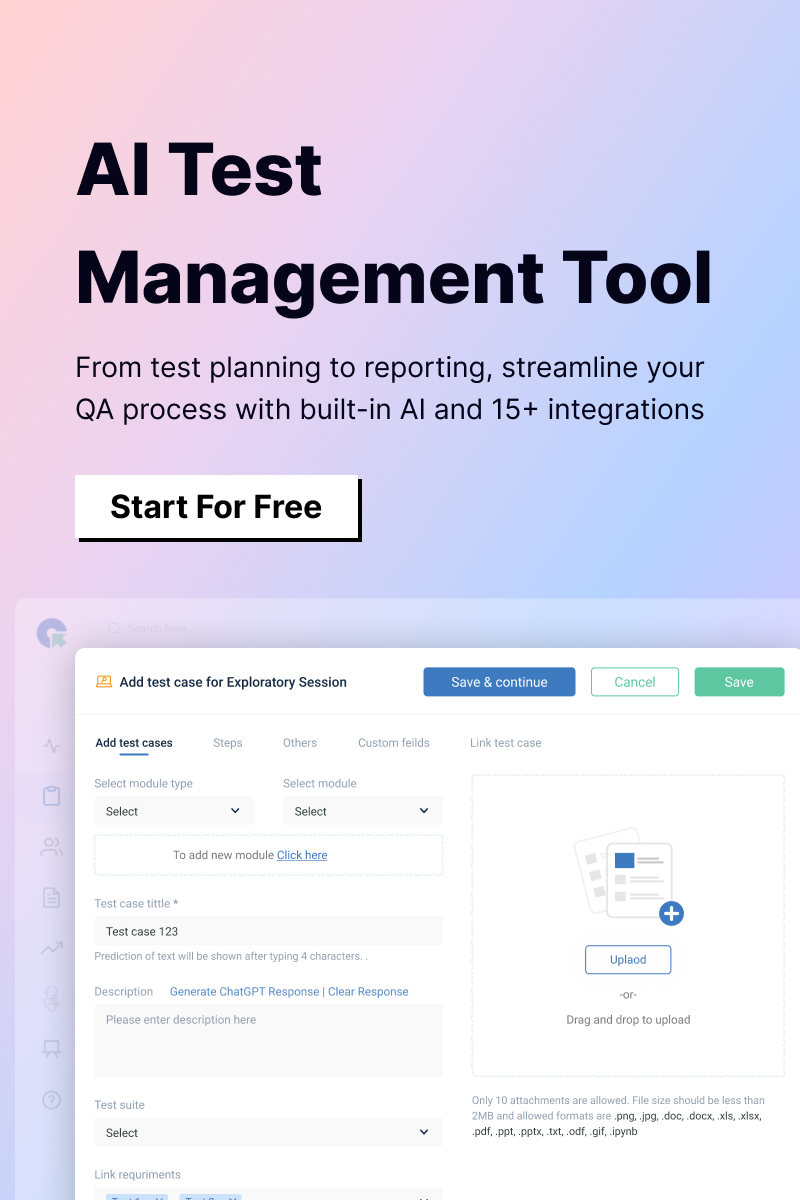Selenium provides three types of waits to handle dynamic web elements and synchronization issues:
- Implicit Wait: A global setting that tells WebDriver to wait for a certain amount of time for a web element to appear in the DOM before throwing a
NoSuchElementException. It is set once for the entire WebDriver session. - Explicit Wait: A more specific wait that waits for a particular condition to be met on a specific element before proceeding. It’s implemented using the
WebDriverWaitclass andExpectedConditions. - Fluent Wait: An explicit wait that allows you to define not only the maximum timeout but also the polling frequency and the exceptions to ignore while waiting. It is the most flexible type of wait.
Recommended: A combination of Explicit Waits and Implicit Waits is a common and effective strategy. Use an implicit wait for a general timeout, and use explicit waits for specific conditions that require more granular control, such as waiting for an element to be clickable or visible.




